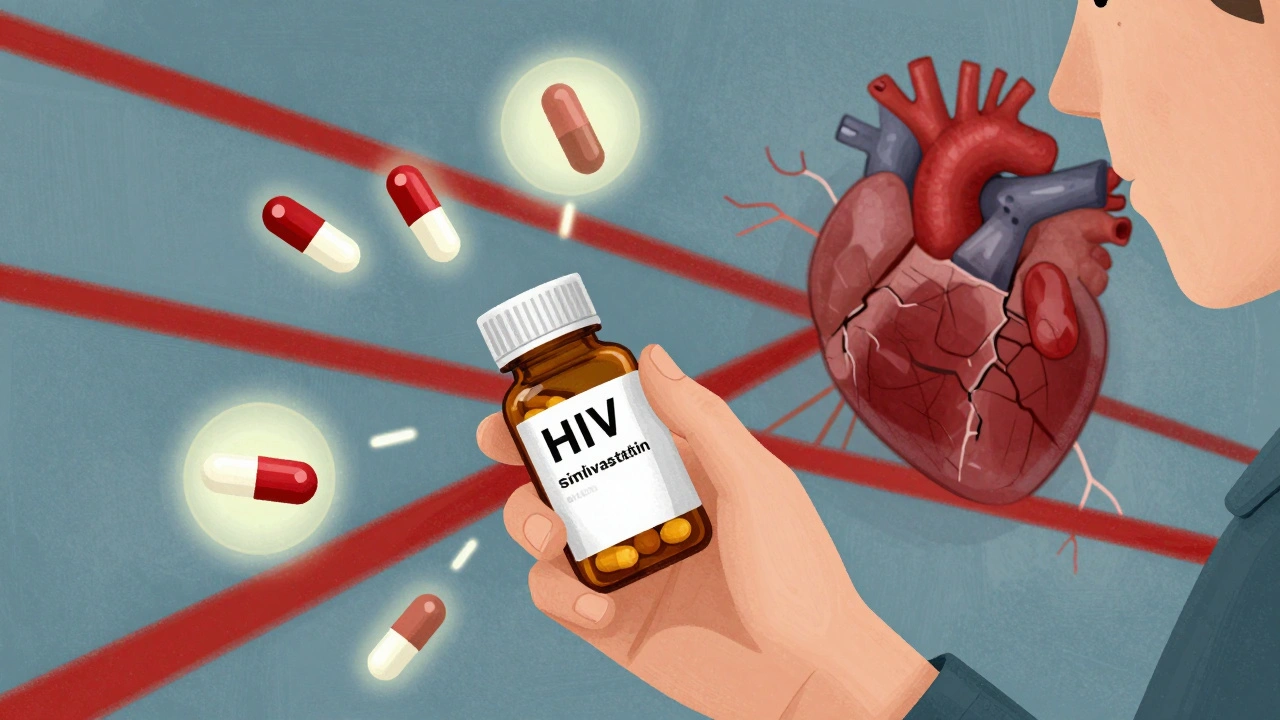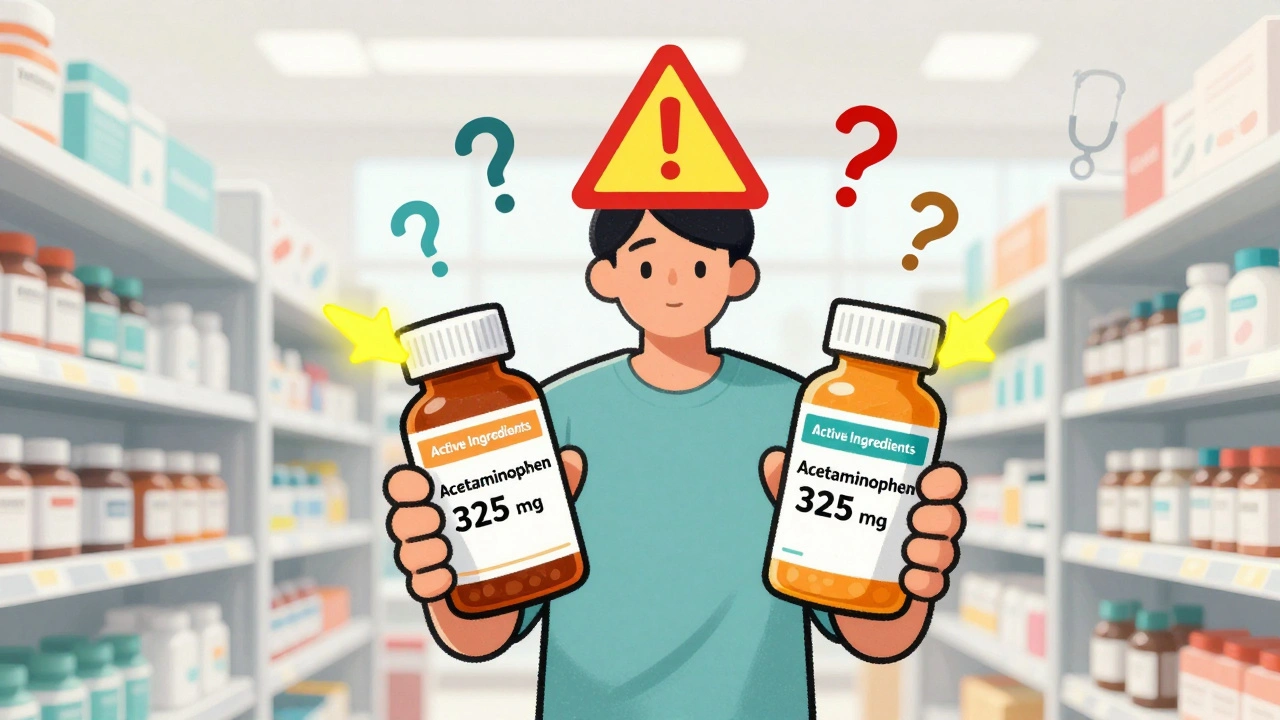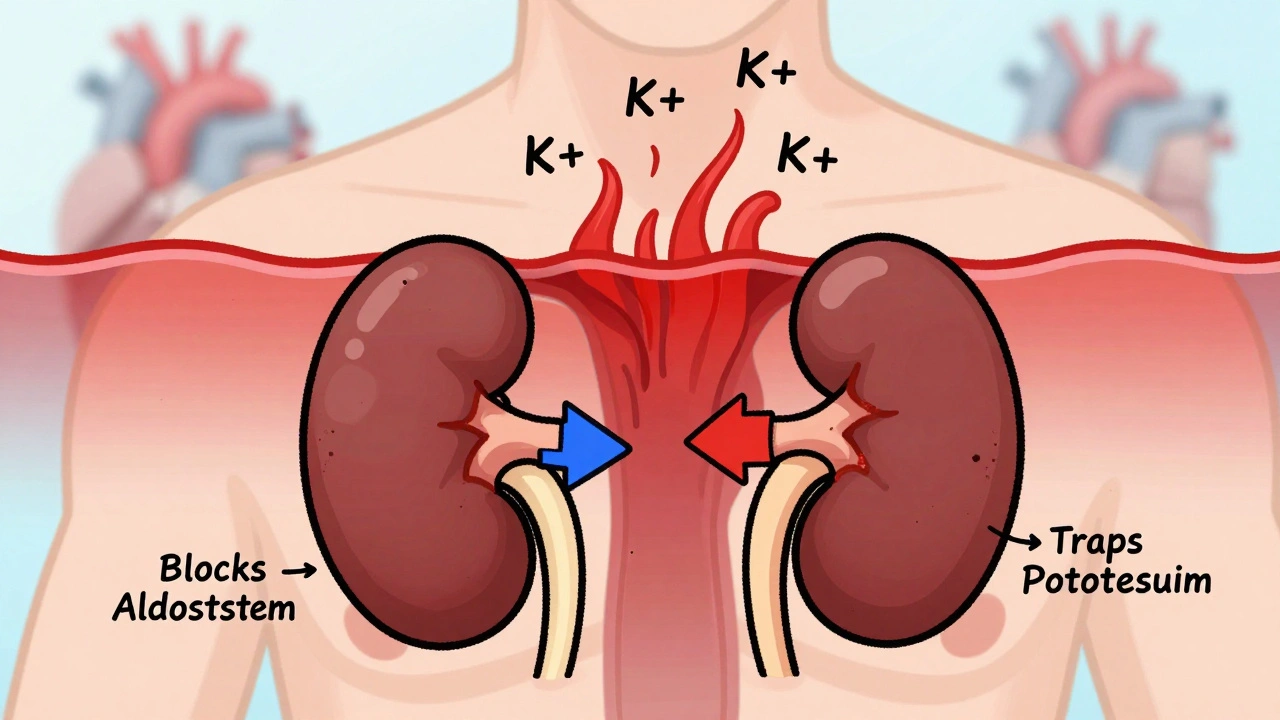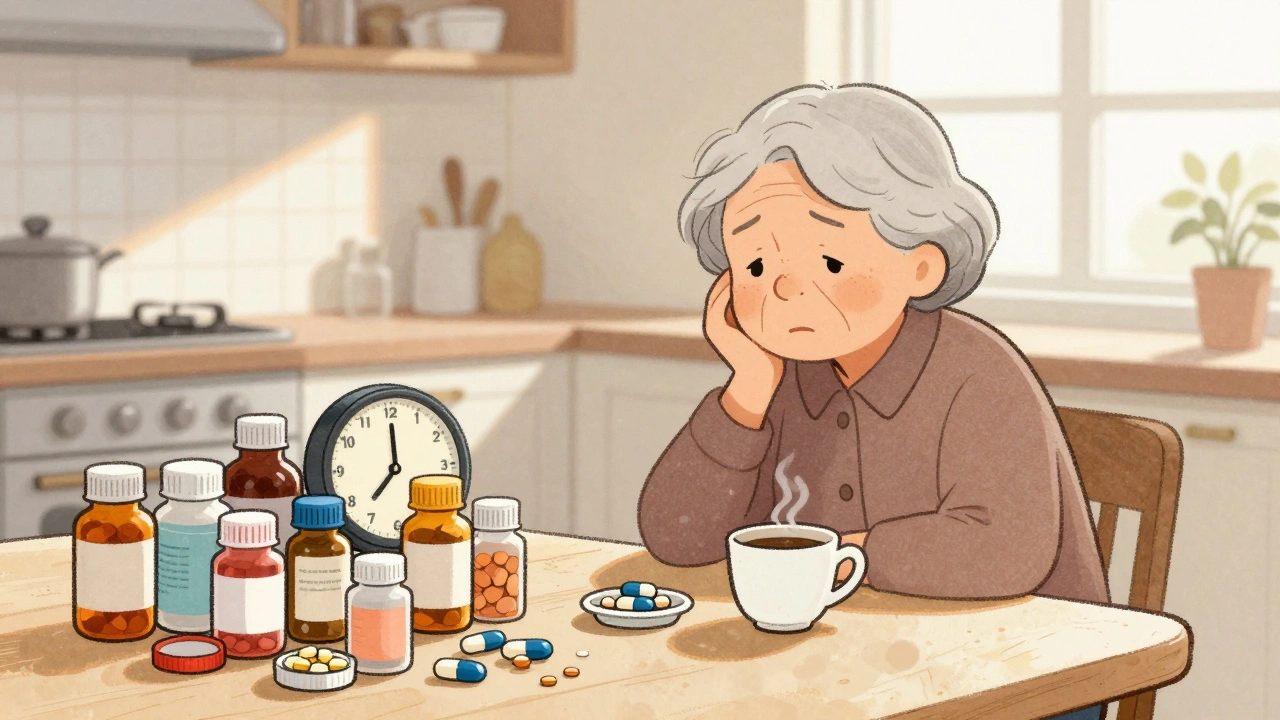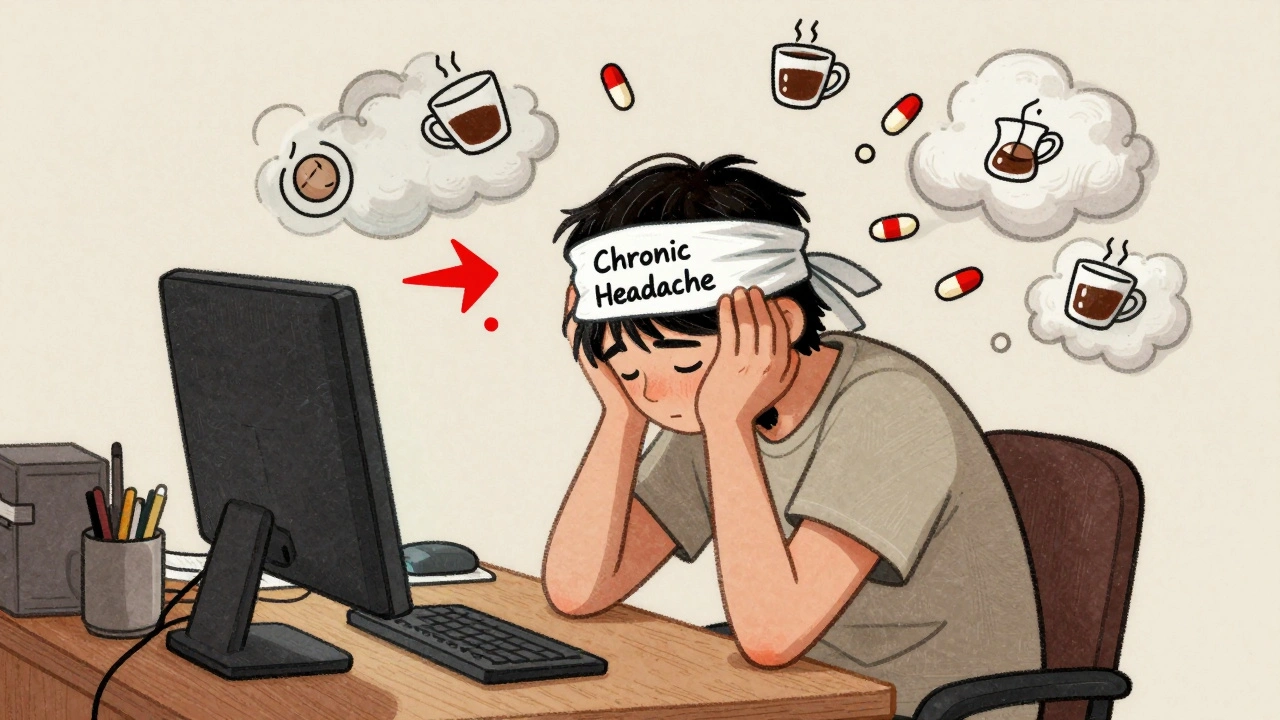Leukemia Treatment: Up‑to‑date Options and Expert Insights
When dealing with leukemia treatment, the set of medical strategies used to control or cure blood cancers. Also known as blood cancer therapy, it blends drugs, procedures, and supportive care to give patients a fighting chance.
One core pillar is chemotherapy, a regimen of cytotoxic drugs that target rapidly dividing cells. It works by interrupting the cancer cells' ability to multiply, which can shrink tumors and clear malignant cells from the bloodstream. Typical attributes include drug class (e.g., anthracyclines), administration route (intravenous or oral), and side‑effect profile (nausea, hair loss, low blood counts). Because leukemia cells grow fast, chemo often forms the first line of attack.
When chemotherapy alone isn’t enough, many patients turn to bone marrow transplant, also called hematopoietic stem‑cell transplantation. This procedure replaces the diseased marrow with healthy donor cells, offering a potential cure for acute forms of the disease. Key attributes are donor match level (related, unrelated, or cord‑blood), conditioning intensity (myeloablative vs. reduced‑intensity), and post‑transplant immune monitoring. Successful transplants can reset the entire blood‑forming system.
In recent years, targeted therapy, drugs that zero in on specific genetic mutations driving leukemia, has reshaped treatment landscapes. For example, tyrosine‑kinase inhibitors (TKIs) block the BCR‑ABL protein in chronic myeloid leukemia, while FLT3 inhibitors tackle a mutation common in acute myeloid leukemia. Attributes include molecular target, oral availability, and side‑effect spectrum (skin rash, liver enzyme changes). Targeted agents often work alongside chemo, improving response rates and reducing overall toxicity.
Every breakthrough begins in clinical trials, research studies that test new drugs, combos, or treatment schedules in patients. Trials provide early access to innovative therapies such as immunotherapies, CAR‑T cells, and next‑generation inhibitors. Important attributes are phase (I‑III), eligibility criteria (age, disease stage, previous treatments), and primary endpoints (overall survival, remission duration). Participation can accelerate progress and give patients personalized options not yet widely available.
All these elements—chemotherapy, bone marrow transplant, targeted drugs, and clinical research—interlock to form a comprehensive leukemia treatment ecosystem. Below you’ll find a curated collection of articles that dive deeper into each approach, share patient stories, and offer practical tips for navigating the journey. Use this resource to understand your options, ask better questions, and stay informed about the latest advances.
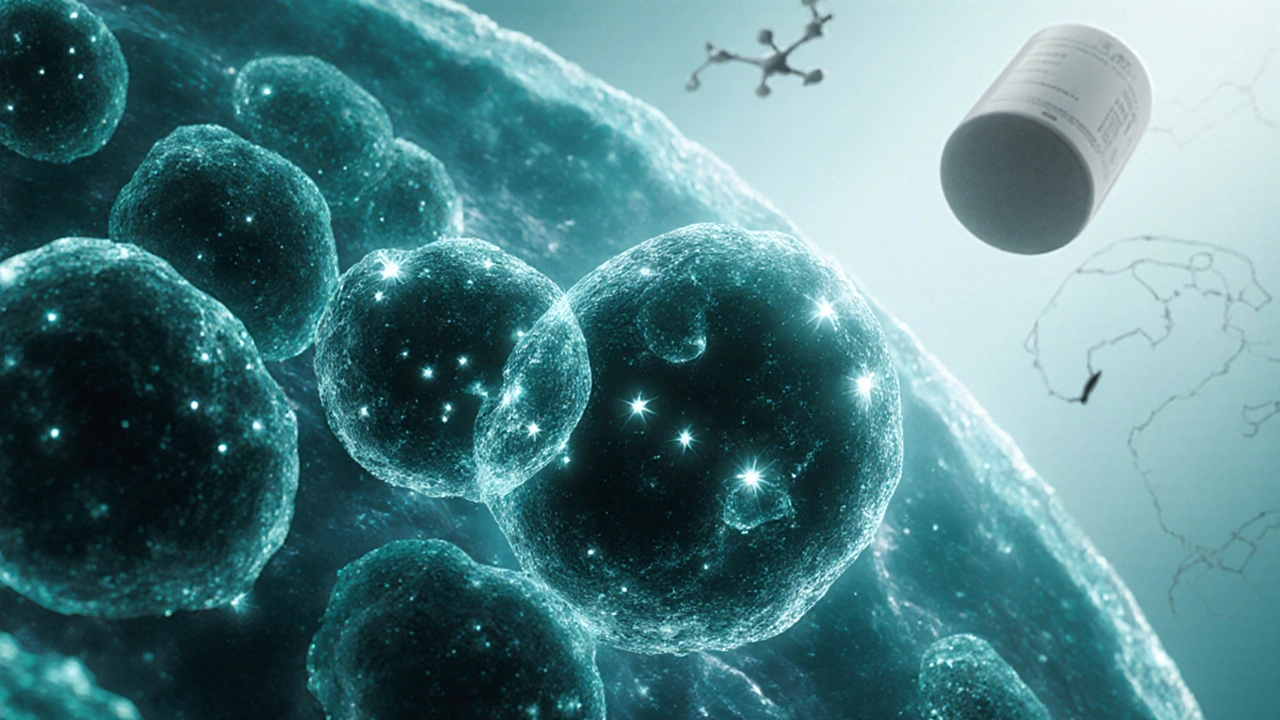
How Immunotherapy is Transforming Leukemia Treatment
Explore how immunotherapy-CAR T cells, checkpoint inhibitors, and monoclonal antibodies-revolutionizes leukemia treatment, its benefits, risks, and future prospects.

